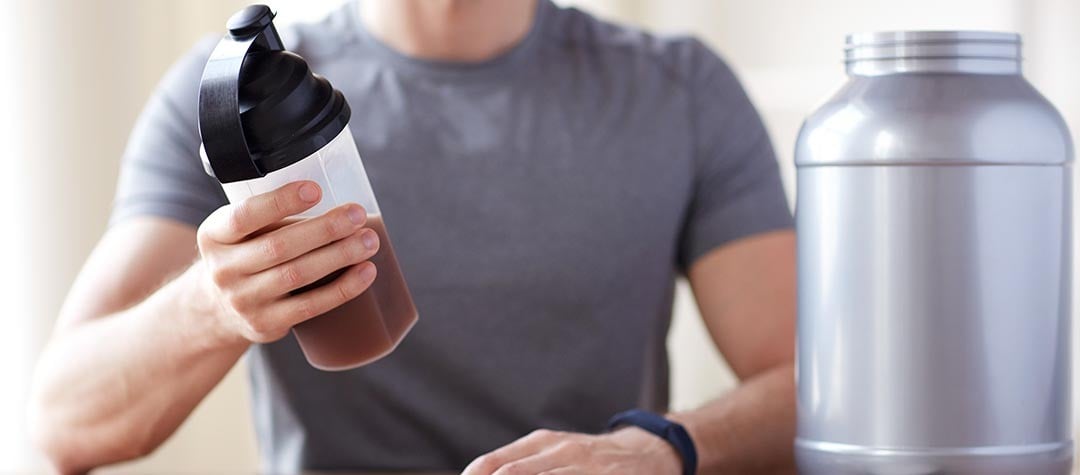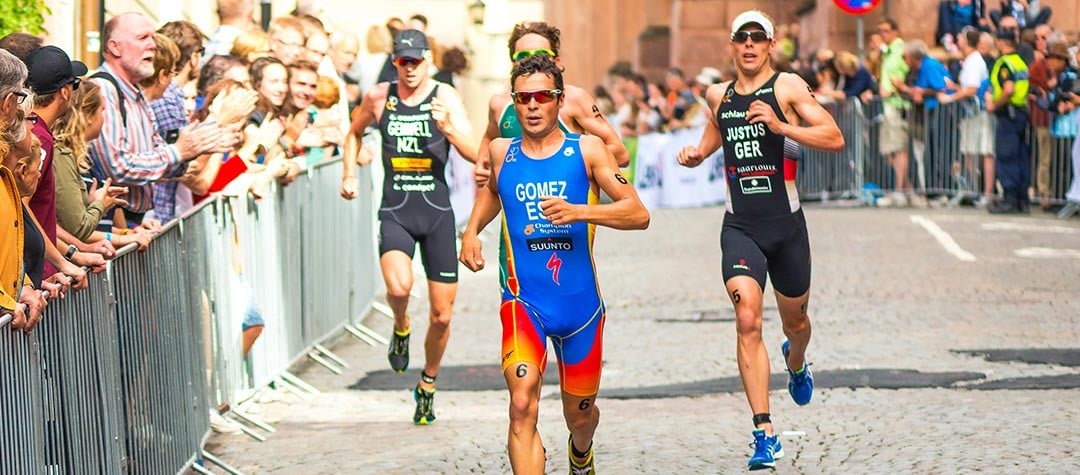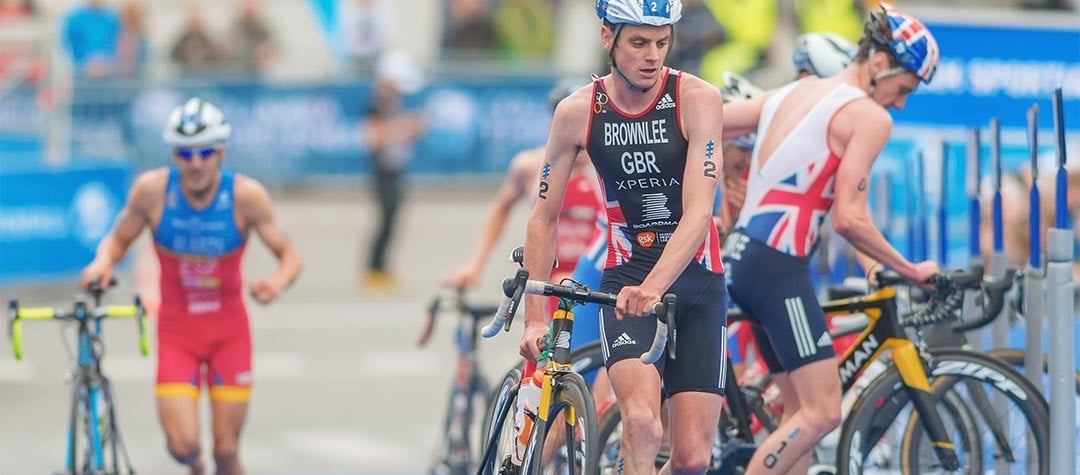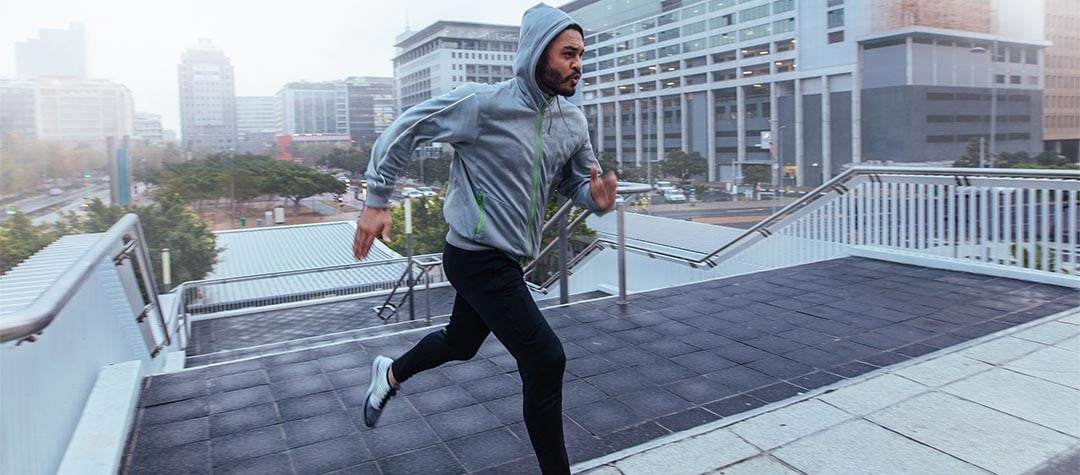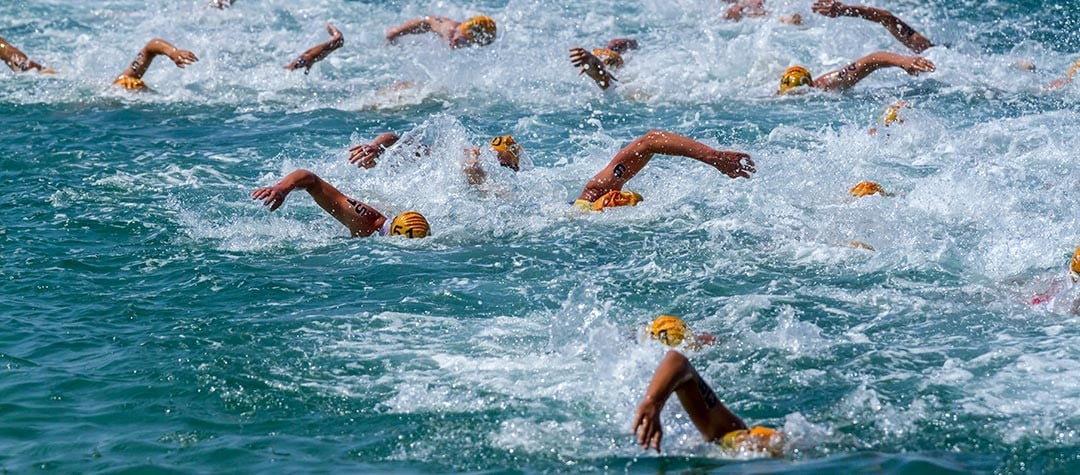Check out these essential tips to ensure you're hydrated and fuelled for your triathlon
For a successful triathlon it’s vital that you nail your nutrition and hydration strategy. Follow these five steps to ensure you stay hydrated and fuelled for your next triathlon.
1. Have a plan
The first thing to remember about fuelling for triathlon is to have a nutrition plan and stick closely to it. Take on board all the best advice and strategies you have, decant it down into something that works well for you and practice it in race simulating sessions. That way you can make sure you can stomach it and also that it's giving you what you need.
Try to be as scientific as you can with it so you have a standardised programme each time. Sprint and Olympic distance are relatively straightforward but as the distance gets longer, it’s more important to nail your nutrition plan.
Often the bike is the main place to take on the nutrition as it's by far the longest segment of the race.
Often the bike is the main place to take on the nutrition as it's by far the longest segment of the race. It's almost impossible to refuel while swimming and by the time you’re running, it's pretty much too late to do anything else other then top up!
2. Carb loading
One of the things people associate with endurance events is carbohydrate loading. What people don't realise is it's really not necessary to overindulge before you compete. Once your muscles are full of glycogen they're full, and if you eat more you will just be putting on weight and making your body feel sluggish when you want to be feeling fast.
I recommend a big feed 4 days out after your last hard training session where you overeat on pasta and pizza and then you go back to your everyday diet. On the evening before the race I'd make sure to get in another big pasta dish, but I believe anything more than this is unnecessary.
3. Caffeine
Caffeine is a tricky topic to talk about amongst triathletes and remains one of the most talked about legal aids. It seems that everyone has their own opinion about it, however one thing is common, you mustn’t over do it!
Everyone responds differently to caffeine uptake and it seems around 300-400mg a day is an acceptable and relatively safe number. It's also good to space these out during the event, for example a pick-me-up in the morning followed by smaller doses per hour to keep you going. It's really individual so try it out in your training and see what works for you.
4. Eat on the go
When training and racing it's important to eat on the go. You should never wait until you're hungry because by that time it's too late.
You should never wait until you're hungry because by that time it's too late.
In a race I like to eat something every 30 minutes to be sure that I'm on top of my energy levels. In races this is usually an energy gel because it's easy to open and consume. You can also pile all your energy gels into a bottle which is also popular amongst triathletes.
It's also important when you consider your training sessions, particularly long rides. Try to take something to eat for every hour you ride. This way you are less likely to run out of energy during the ride, forcing you into a death spin to get home. Subsequently the quality of your training is higher and you probably won't overeat after the session ruining anything else you have planned that day.
5. Recovery food/drinks
After the training session or event, it's best to eat as soon as possible, ideally making it in time for the 30 minute window where you're maximising your recovery time after exercising. Have a protein shake and protein bar packed in your race bag so you don't have to wait until you get home to eat.
If you're struggling to stomach much, then a nice thick recovery shake will go down much easier than anything else. Also, make sure that you drink as much fluid as you can because even if you're drinking heaps during a hard race you can still go home dehydrated if you’re not careful.

